European Auto Lobby Demands More EV Charging Stations for Hundredth Time

The European Automobile Manufacturers’ Association (ACEA) is demanding the EU install more electric vehicle charging stations in a letter co-signed with Transport & Environment (T&E) and the European Consumer Organization (BEUC). This marks the hundredth time (rough estimate) an auto lobbying entity has tried to pressure the government into spending a fortune to drastically alter the European infrastructure to support the planned glut of EVs.
But it might be a fair request. Regulatory actions have effectively forced the industry into a corner and it now seems giddy at the prospect of an electrified world. The only real downside is that the charging infrastructure and power grids aren’t ready. ACEA estimates that the EU will need to build one million public charging points by 2024, with hopes of seeing three million installed before 2030.
Let’s see how feasible that is before it’s tried in our neck of the woods.
“European automakers are driving the transition to e-mobility and are literally outperforming each other in launching new electric vehicles. But the success of this huge effort is seriously threatened by the delayed installation of charging infrastructure in the EU,” wrote ACEA President and BMW CEO Oliver Zipse. “The EU Commission quickly needs to take action and set binding targets for the ramp-up of charging infrastructure in the member states. Otherwise, even the current reduction targets in fighting climate change are at risk. In addition to public charging infrastructure, we also need to put a stronger focus on workplace and home charging.”
Unwilling to risk a scenario where most people continue to prefer liquid-fueled alternatives, the ACEA (which represents the largest automakers operating in Europe) really wants the EU to solidify its commitments here while also chucking on a few hydrogen stations for good measure. It’s also undoubtedly hoping that it will also foot a sizable portion of the bill.
Fortunately for them, practically all member states have issued some kind of promise toward installing more stations or further subsidizing the assembly and sale of EVs. For example, German has vowed to have a million charging points within its borders by 2030, plans to spend $4.8 billion on home charging solutions, and doubled incentives for electric cars over the summer. But it’s not abundantly clear that its electrical grid could handle an EV dominant landscape in the current format.
Energy prices have gotten brutally high in Germany ever since it started trying to tamp down coal and nuclear power for greener, albeit less reliable sources, like wind and solar. All manner of remedies have been proposed, including a few that had to be recalled. Last month, Germany’s Economics Minister Peter Altmaier presented a draft law that would allow electric utilities to temporarily suspend power for charging electric cars “when there is once again too little electricity available.”
As you might imagine, cutting off people’s electricity wasn’t an incredibly popular idea. Despite being just one example of the trouble the EU will have to contend with, it showcases the general issue in advancing these types of policies. It’s hard to give consumers what they want and still adhere to the kind of social engineering necessary for a carbon-neutral lifestyle. But people aren’t going to rush out and buy EVs if there’s no way of charging them — whether that’s due to a lack of charging points or because the electric company might randomly shut down the tap.
[Image: nrqemi/Shutterstock]

A staunch consumer advocate tracking industry trends and regulation. Before joining TTAC, Matt spent a decade working for marketing and research firms based in NYC. Clients included several of the world’s largest automakers, global tire brands, and aftermarket part suppliers. Dissatisfied with the corporate world and resentful of having to wear suits everyday, he pivoted to writing about cars. Since then, that man has become an ardent supporter of the right-to-repair movement, been interviewed on the auto industry by national radio broadcasts, driven more rental cars than anyone ever should, participated in amateur rallying events, and received the requisite minimum training as sanctioned by the SCCA. Handy with a wrench, Matt grew up surrounded by Detroit auto workers and managed to get a pizza delivery job before he was legally eligible. He later found himself driving box trucks through Manhattan, guaranteeing future sympathy for actual truckers. He continues to conduct research pertaining to the automotive sector as an independent contractor and has since moved back to his native Michigan, closer to where the cars are born. A contrarian, Matt claims to prefer understeer — stating that front and all-wheel drive vehicles cater best to his driving style.
More by Matt Posky
Latest Car Reviews
Read moreLatest Product Reviews
Read moreRecent Comments
- Redapple2 4 Keys to a Safe, Modern, Prosperous Society1 Cheap Energy2 Meritocracy. The best person gets the job. Regardless.3 Free Speech. Fair and strong press.4 Law and Order. Do a crime. Get punished.One large group is damaging the above 4. The other party holds them as key. You are Iran or Zimbabwe without them.
- Alan Where's Earnest? TX? NM? AR? Must be a new Tesla plant the Earnest plant.
- Alan Change will occur and a sloppy transition to a more environmentally friendly society will occur. There will be plenty of screaming and kicking in the process.I don't know why certain individuals keep on touting that what is put forward will occur. It's all talk and BS, but the transition will occur eventually.This conversation is no different to union demands, does the union always get what they want, or a portion of their demands? Green ideas will be put forward to discuss and debate and an outcome will be had.Hydrogen is the only logical form of renewable energy to power transport in the future. Why? Like oil the materials to manufacture batteries is limited.
- Alan As the established auto manufacturers become better at producing EVs I think Tesla will lay off more workers.In 2019 Tesla held 81% of the US EV market. 2023 it has dwindled to 54% of the US market. If this trend continues Tesla will definitely downsize more.There is one thing that the established auto manufacturers do better than Tesla. That is generate new models. Tesla seems unable to refresh its lineup quick enough against competition. Sort of like why did Sears go broke? Sears was the mail order king, one would think it would of been easier to transition to online sales. Sears couldn't adapt to on line shopping competitively, so Amazon killed it.
- Alan I wonder if China has Great Wall condos?



















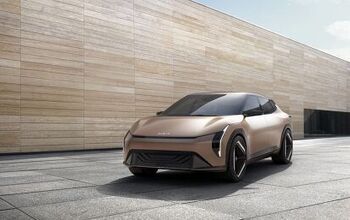

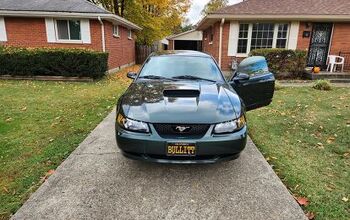

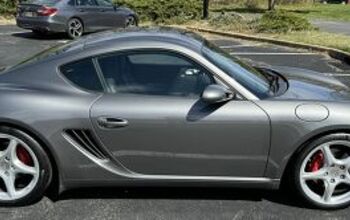

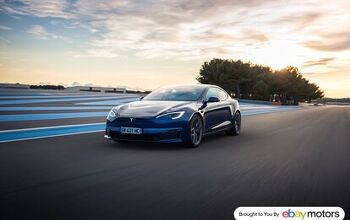
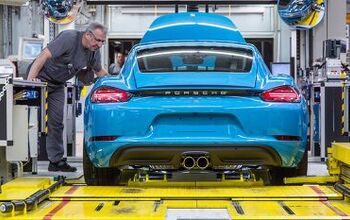
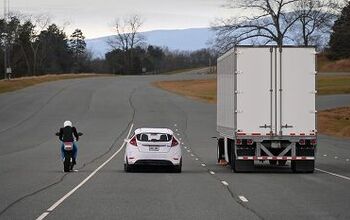
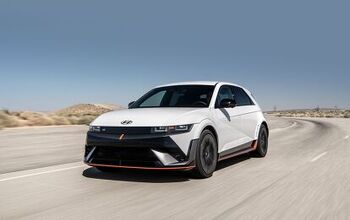
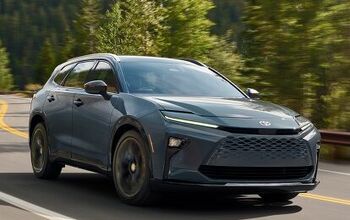
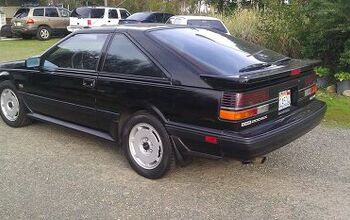

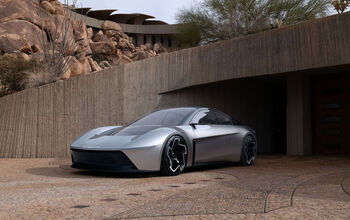
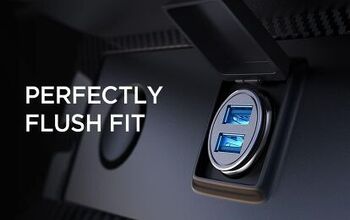
Comments
Join the conversation
"I’m doing so little driving right now (working from home) that I can’t justify purchasing any car at this time" I hear you, I'm on a 10K mile/year lease, month 14 with only 7K miles driven, at this rate I will have under 20K miles by lease end, I will be forced to buy it out right or someone will get a great low mileage deal when turned in! I do want an EV though.
I live in Los Angeles now, and have lived in NYC. MOST people there live in apartments and there are definitely not enough, if ANY, assigned parking for each car. People spend hours looking for a spot, and when they find one they are loathe to move. Also, on any given day, there are lines at regular gas stations for fuel. Now add to this: long charging times. What happens now? I just can’t see a solution to millions of cars needing electric charging and no place to charge. As it is, people park at charging spots LONG after they are charged, just because they are busy or there are no other spots open. All of these issues clump together, but I just don’t see how there is a solution with current technology.